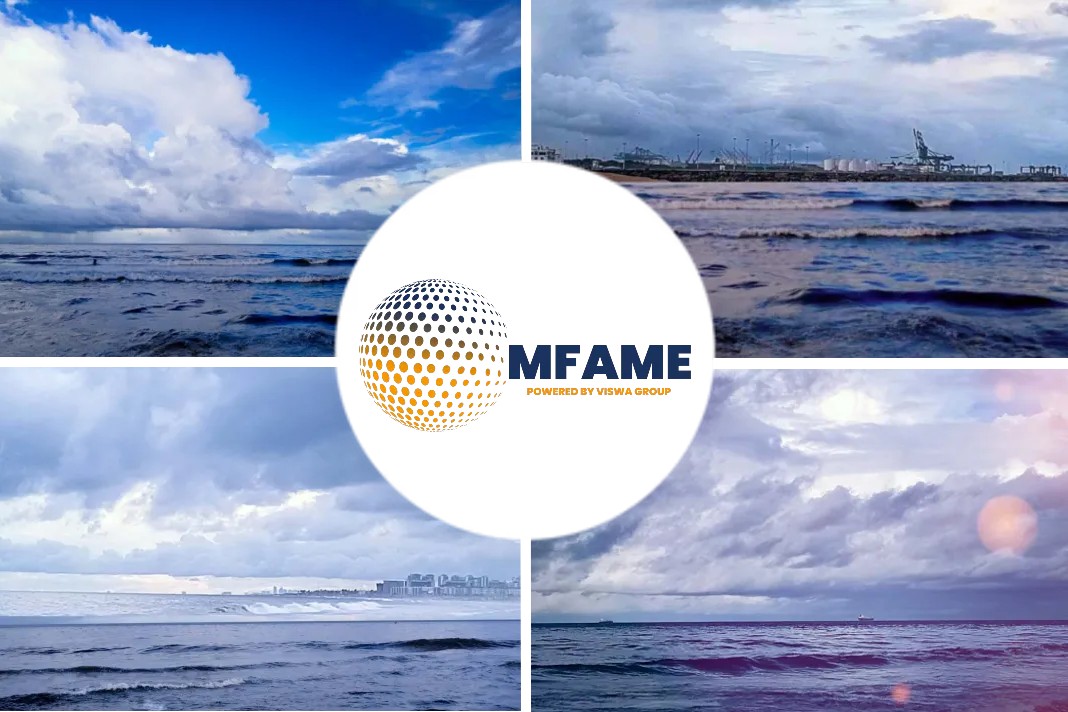 On the occasion of the Titanic sinking anniversary, a recent webinar hosted by Navigate Response with speakers including David Jardine-Smith: International Maritime Rescue Federation (IMRF); Dustin Eno: Navigate Response; Georgios Hatzimanolis: MarineTraffic; Richard Turner: International Union of Marine Insurance (IUMI), Genevieve Holloway: UK P&I Club, highlighted what has been changed after 120 years.
On the occasion of the Titanic sinking anniversary, a recent webinar hosted by Navigate Response with speakers including David Jardine-Smith: International Maritime Rescue Federation (IMRF); Dustin Eno: Navigate Response; Georgios Hatzimanolis: MarineTraffic; Richard Turner: International Union of Marine Insurance (IUMI), Genevieve Holloway: UK P&I Club, highlighted what has been changed after 120 years.
Legacy of titanic
Records are unclear on the absolute number of fatalities but it is widely thought that more than 1500 souls were lost from a total crew and passenger tally of 2224. For a vessel that, at the time, was declared to be unsinkable it is no surprise that the legacy of Titanic remains with us today.
Accident continues after titanic incident
Modern passenger vessels are significantly larger than Titanic and sadly maritime accidents will continue to happen, but thankfully none in recent times have resulted in such a high death toll. Costa Concordia, for example, was carrying twice as many people but only 32 perished. Of course, the loss of 32 lives is tragic and the circumstances of Costa Concordia’s capsize were much different to Titanic’s but what has changed in the 119 years since the ship was lost?
Changes after titanic incident
Significantly, a raft of regulations are now in place to govern the safety of passenger vessels and to ensure crew are adequately trained to respond. SOLAS (the International Convention for the Safety of Life at Sea) was born from Titanic’s loss and the convention has been strengthened and enhanced periodically since then.
Preparedness to carry out a mass rescue at sea has been improved, including significant guidance from the International Maritime Rescue Federation. The aim is to bring together and exercise all relevant responders and ensure that plans, resources, command and control activities, and communications are in place and ready. Although there have been significant steps taken, performing a mass rescue in similar circumstances to Titanic would still be a major challenge.
Picking up large numbers of people at sea, caring for them while they are taken to a place of safety (usually ashore) and making sure that responding agencies are ready to receive them there are still major tasks, requiring careful planning and effective inter-agency communication.
Marine underwriters
Marine underwriters tell us that the chances of a vessel suffering a total loss in the very early 1900s was around 1%, today that risk has dropped to 0.05%. Titanic was insured for £1 million (£115 million in today’s money) and the premium levied was 0.75%. Such was the hype surrounding the vessel’s unsinkability that the market felt able to charge a premium that was less than the probability of the vessel being lost. More than 60 London insurers were involved in underwriting the risk and many of those are still in business.
H&M underwriters
Interestingly, vessels today are insured in roughly the same way as they were in Titanic’s day – through co-insurance and with much of the physical risk being covered by H&M underwriters and the liabilities being taken by the P&I Clubs. The difference, however, is that underwriters are more expert and have many more tools at their disposal to more accurately assess and price risk. Safety has unquestionably improved and lessons are learnt each time a major incident occurs, but human error is still considered to be the primary cause of the vast majority of marine casualties.
H&M insurance paid out the full £1 million on the Titanic claim and P&I paid a further US$665,000 to families who had lost loved ones – although the details of the payout are not clear. Today, improvements to insurance cover make it easier for individuals to claim for losses and damages although in some jurisdictions passenger vessel operators have the ability to impose limits. This gives operators more certainty as claims can be both limited and time-barred. But in some regions – such as the US – no limits of liability are set and punitive damages may also be awarded.
Conclusion
Nearly 120 years on from the loss of the world’s best known ship, a lot has changed but much has also stayed constant. The way we insure maritime risk and protect passenger’s interests has significantly improved, but is largely unchanged at core.
Undoubtedly ships are safer and that is a result of better design, regulation and enhanced training. And we are much better prepared to respond to a major incident at sea. But should the worst happen today, the world will be watching, reporting and commentating on every decision taken and every action undertaken. For the saddest of reasons Titanic is the world’s best known ship – let’s hope its legacy ensures it stays that way.
Did you subscribe to our daily newsletter?
It’s Free! Click here to Subscribe!
Source: Safety4sea














![[Watch] Crazy Power Needed to Move World’s Largest Containerships](https://mfame.guru/wp-content/uploads/2023/11/mfame-tanker-100x70.jpg)


Wow, marvelous blog layout! How long have you ever been running a
blog for? you make blogging look easy. The whole look of your site is excellent, let alone the
content material! You can see similar here najlepszy sklep